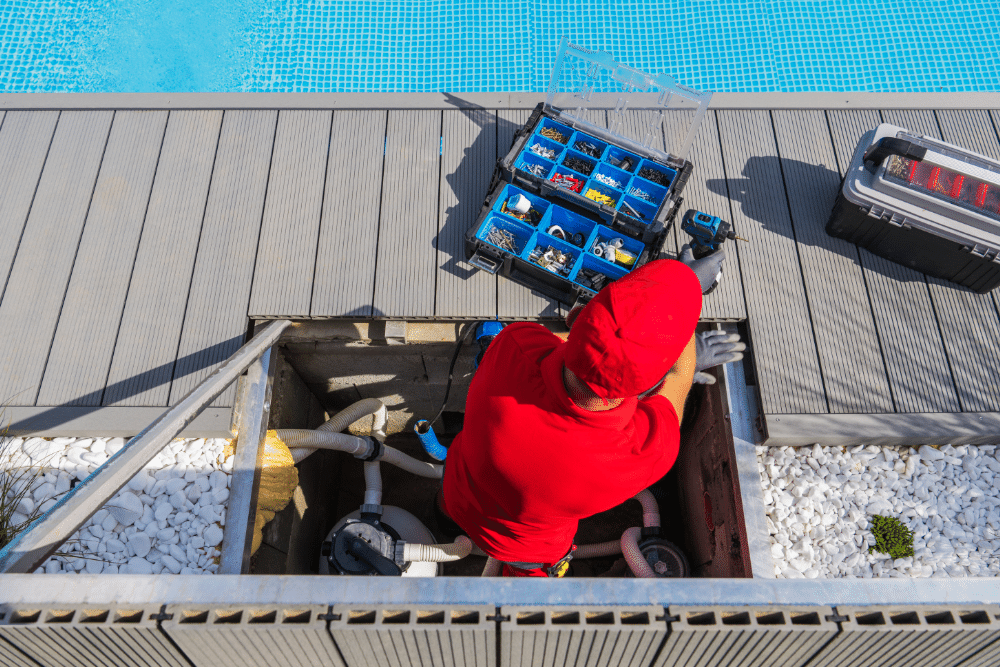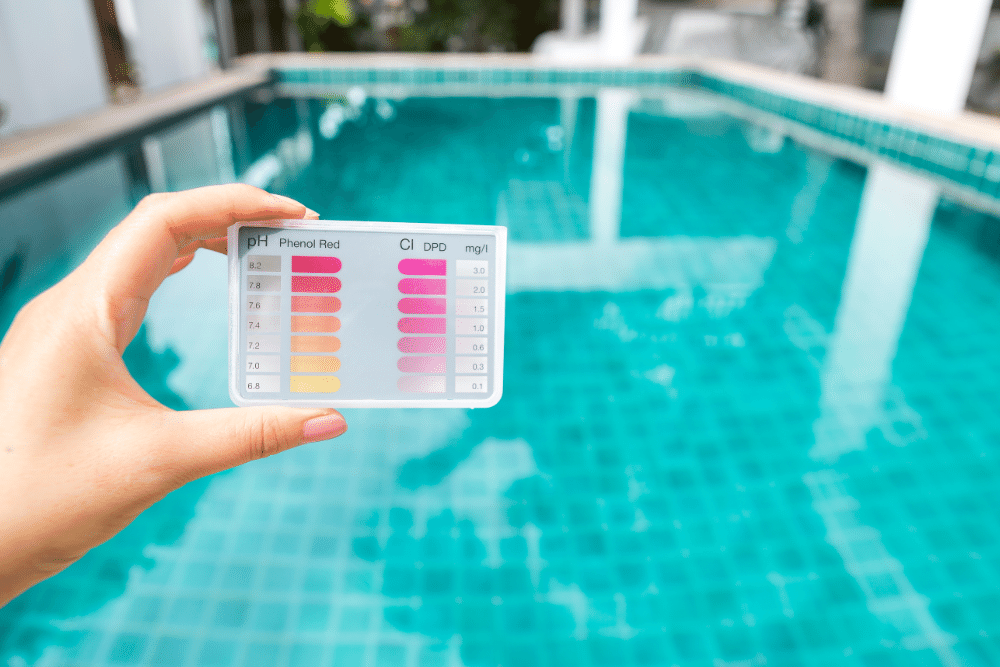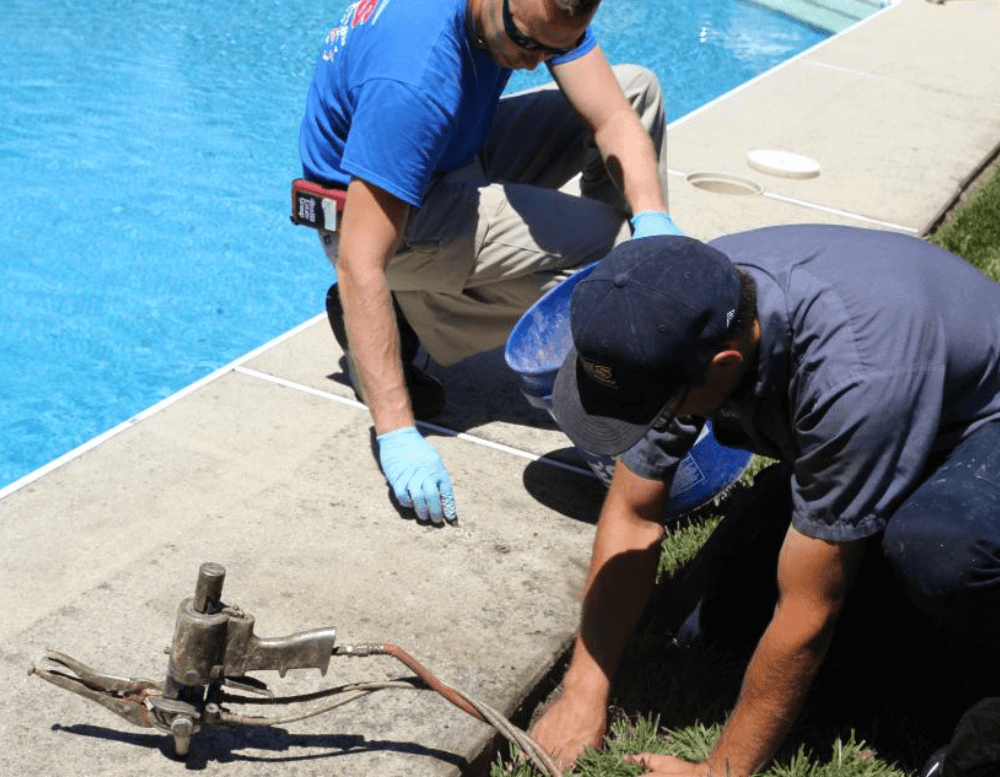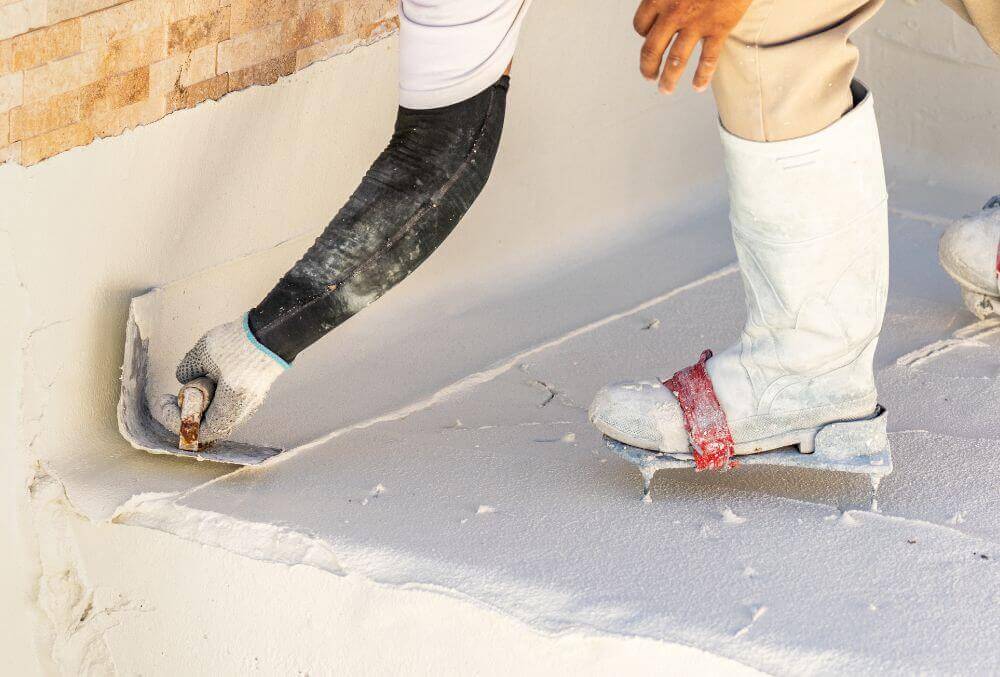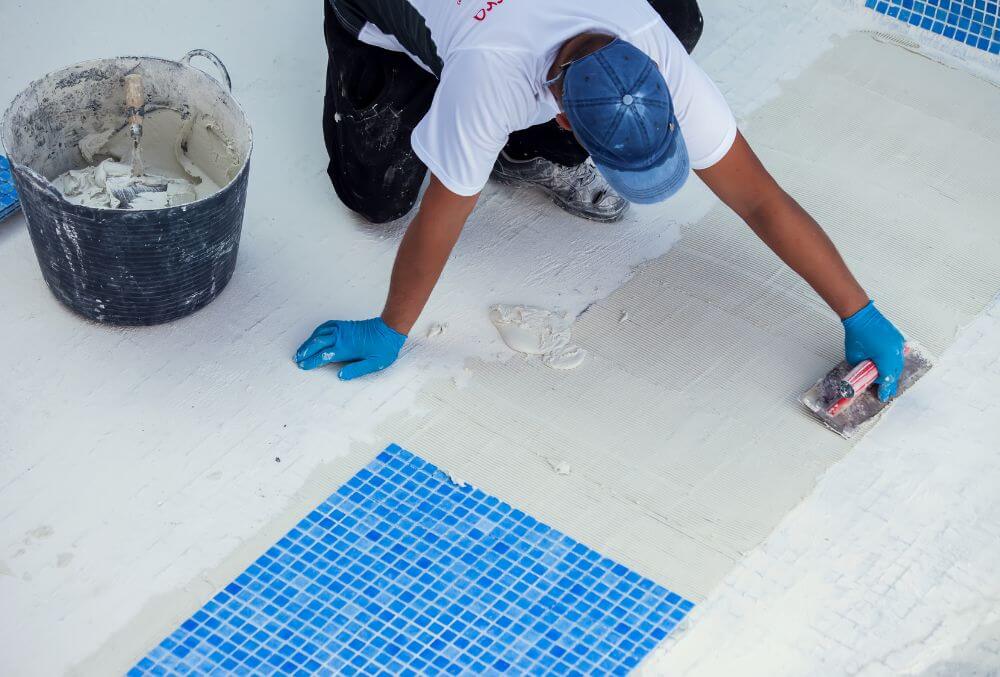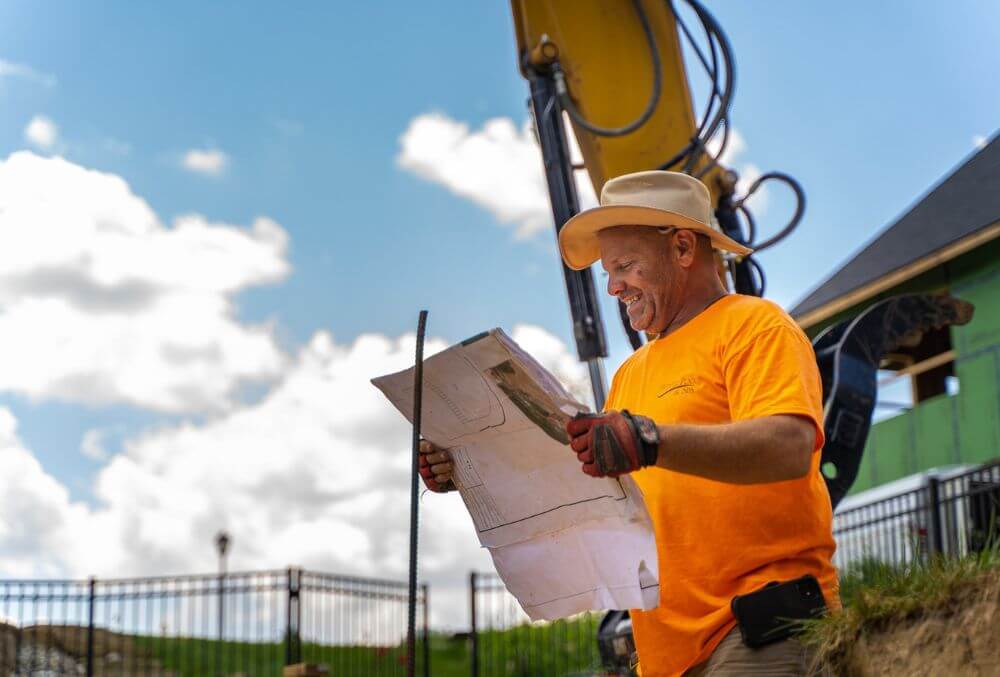Swimming Pool Safety Tips for St. Louis Homeowners
While a backyard pool provides hours of fun and relaxation for St. Louis families, the Consumer Product Safety Commission reports over 3,500 fatal drownings yearly in the U.S., including many children under 5.
As a pool owner, making safety your top priority is key - especially when it comes to protecting young children from potential water hazards. Follow these tips for securing your pool area and preparing for emergencies.
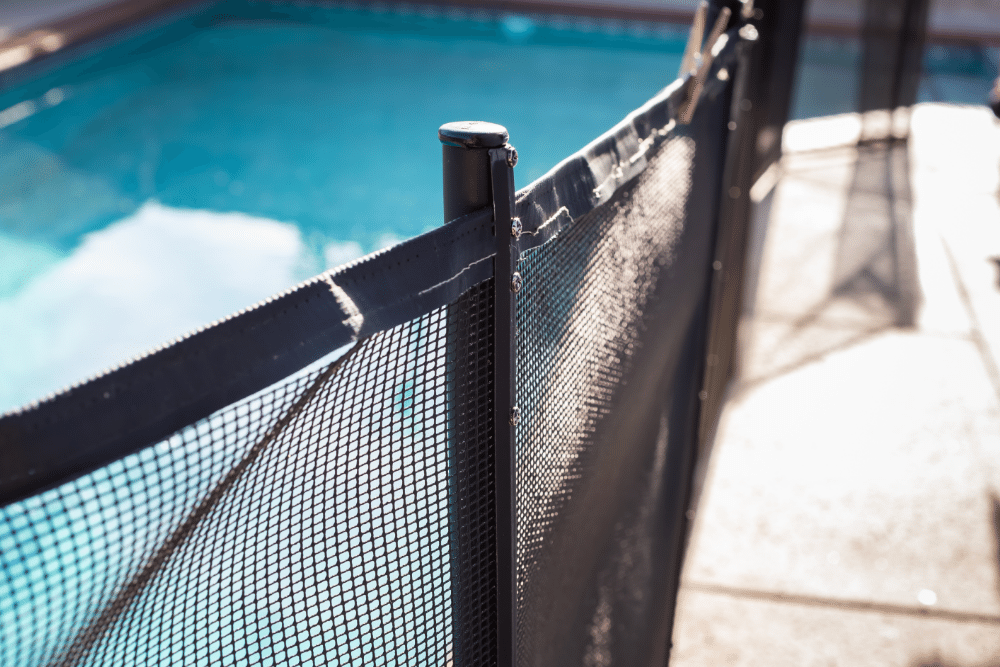
Install Proper Fencing
According to a study in Pediatrics, isolating the pool with 4-sided fencing reduces a child's risk of drowning by 83% compared to no fencing.
The American Red Cross recommends a fence at least 4 feet high with self-closing, self-latching gates. Position fencing completely around the perimeter of the pool itself, not just the yard, for maximum protection.
Use Additional Barriers
The Centers for Disease Control (CDC) advises using additional layers of protection beyond fencing. Lock and alarm gates to prevent unsupervised access. Install a safety pool cover for when swimming is not in session. Consider glass fencing to maintain visibility while preventing entry.
Never Take Your Eyes Off of Kids
Vigilant supervision is essential. The American Academy of Pediatrics finds that nearly 90% of fatal drownings of kids under 5 occur during brief lapses in supervision.
Actively watch children at all times in the pool area, staying within arm's reach. Designate an adult "water watcher" who focuses solely on pool safety during gatherings.
Learn CPR and Rescue Skills
According to the CDC, CPR can be lifesaving in an emergency. The Red Cross offers CPR courses tailored for both adults and children. Ensure anyone supervising kids is CPR certified. Keep rescue equipment poolside and learn skills like reaching assists.
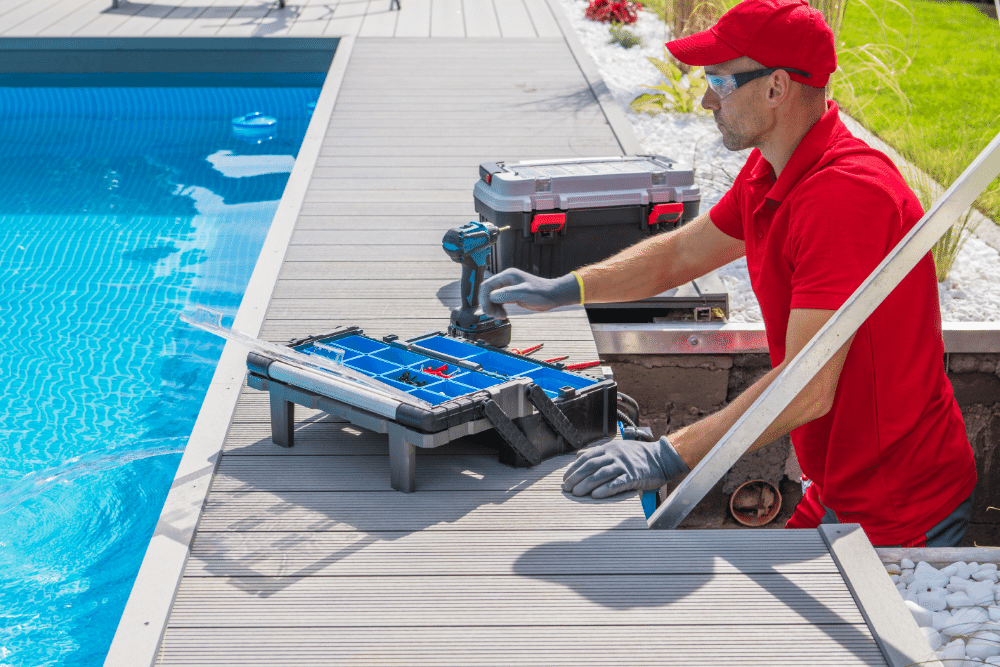
Prep Your Pool
Maintain ladders, steps, and handrails so no one attempts to climb pool walls, advises the Consumer Product Safety Commission. Eliminate trip hazards, display safety rules clearly, and secure gates. Keep phones and emergency contacts posted visibly.
Teach Water Safety Skills
The YMCA and Red Cross offer swim lessons starting for infants. Building water safety skills early is key, says the CDC. Consider private lessons at home for kids who need more help. Discuss pool rules and dangers regularly. Lead by example.
Install Safety Features
Additional layers like pool alarms, automatic covers, and door exit alarms provide extra protection, according to the American Red Cross. However, supervision remains essential. Share access details with neighbors in case of emergencies when you are away.
By layering pool safety – from proper fencing, vigilant supervision, and CPR training to preparedness and lessons for kids – St. Louis homeowners can minimize drowning risks and enjoy their backyard oasis responsibly.
